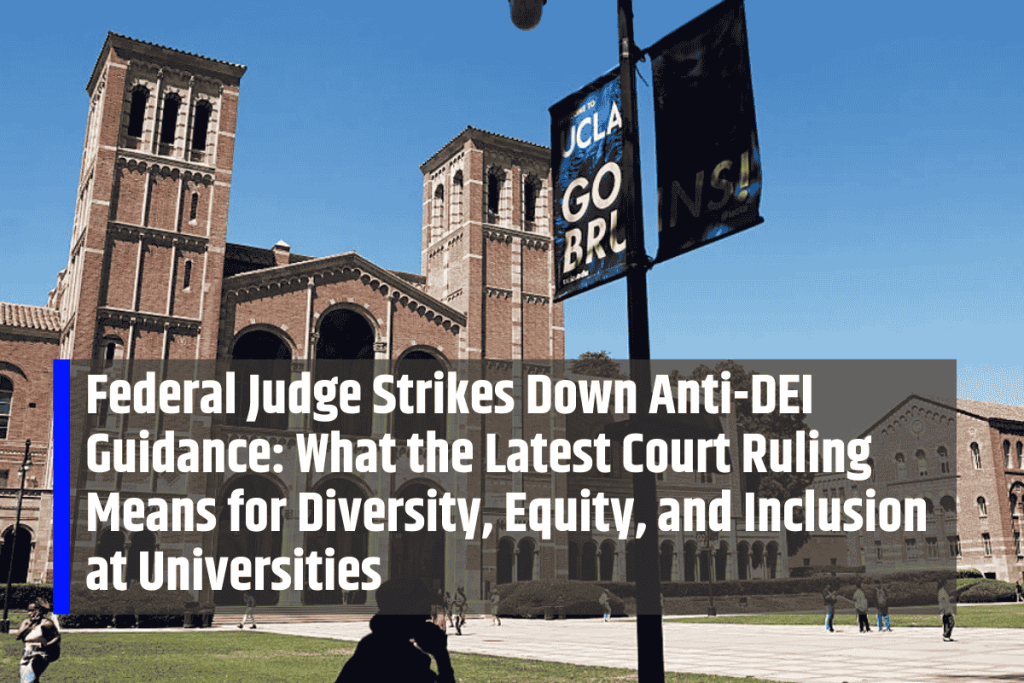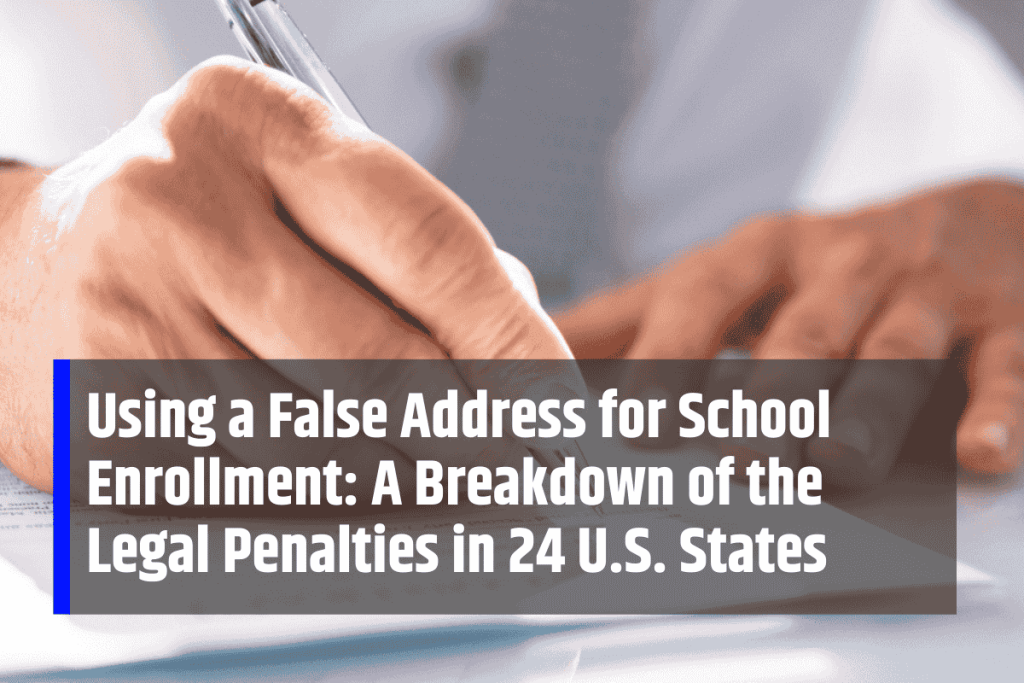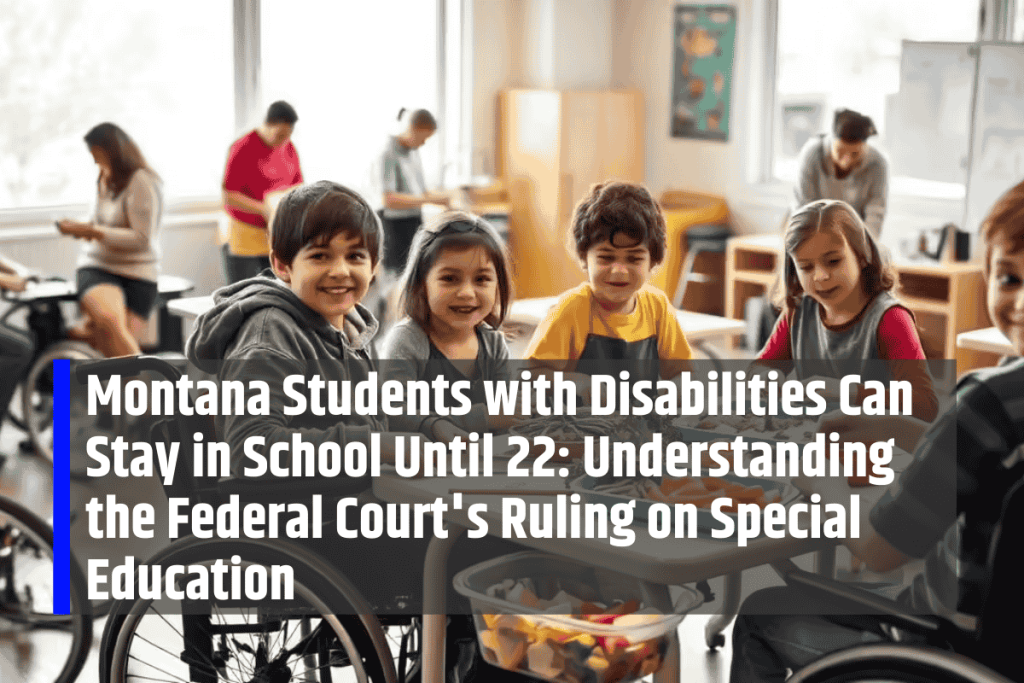Former President Donald Trump has threatened to strip funding from California public schools that implement progressive transgender policies. From San Francisco to San Diego, districts are grappling with how best to support transgender students while facing the possibility of reduced federal support for crucial educational programs and student services.
Understanding the Scope of the Threat
California’s six million K–12 students attend more than 900 school districts, many of which affirm transgender and nonbinary youth. These policies include access to gender-appropriate restrooms, use of preferred pronouns, and updates to student records. A federal funding freeze would put vital programs, including Title I and special education, at risk.
Legal Framework of Federal Funding
Federal school funding is governed by constitutional and statutory limits. The spending clause defines how Congress allocates funds, while Title IX prohibits sex discrimination—a provision now widely interpreted to include gender identity. Although the Department of Education can theoretically withhold funding, such actions are rare and often trigger lengthy legal battles.
Lessons from Texas and Beyond
Precedents from other states demonstrate the legal challenges such threats face. In Texas, schools confronted similar disputes over restroom access. Advocacy groups quickly filed lawsuits, citing Title IX and equal protection rights. These cases illustrate that attempts to condition funding on policies opposing transgender protections are unlikely to withstand legal scrutiny.
California’s Protective Legal Framework
California law already requires schools to respect chosen names, pronouns, and facility access for transgender students. The Gender Recognition Act, supported by regular guidance from the state’s Department of Education, fortifies these protections. Any attempt to penalize compliance with state law would face immediate constitutional challenges under both federal and state frameworks.
Potential Fallout for Districts
If funding were cut, the impact would be uneven but severe. Districts in Bakersfield, San Jose, and other communities relying on federal dollars for low-income students would feel the hardest hit. Schools could face larger class sizes, reduced counseling services, and diminished support for programs targeting vulnerable or marginalized populations.
Political and Community Reactions
Such a federal move could also galvanize political opposition. In Berkeley, solidarity rallies and student protests would likely mirror historic activism traditions. School boards across Orange County and Contra Costa County might adopt resolutions of defiance, reinforcing their commitment to equity and state law despite federal pressure.
Historical Precedents in Federal Authority
Courts have consistently limited federal attempts to coerce state policies through funding threats. Whether involving resistance to common-core standards or environmental curriculum mandates, judges have underscored that conditional funding must remain within program-specific parameters. Efforts to penalize transgender-affirming policies would almost certainly face injunctions and judicial scrutiny.
The Human Impact on Transgender Students
Beyond politics and legal disputes, the real stakes involve student well-being. Supportive school environments reduce depression, anxiety, and absenteeism among transgender students. Funding cuts could endanger counselors, peer groups, and training programs. In rural and underserved communities, even modest reductions can dismantle essential supports for vulnerable youth.
Equity at the Local Level
From Los Angeles to Fresno, districts have invested in inclusive programs designed to improve safety and belonging. Restrooms, support staff, and curriculum changes are part of these efforts. Federal retaliation could unravel years of progress, creating uncertainty for students who depend on inclusive policies for their academic and emotional success.
The Broader Constitutional Question
At its core, the debate is not simply about transgender policies—it is about the limits of federal power. Can Washington dictate school practices that directly contradict state law? California’s strong legal safeguards, combined with equal protection arguments, make the state well-positioned to resist coercion and defend inclusive practices.
Schools at a Crossroads
California stands at the intersection of federal threats and state-level commitments to transgender rights. Whether through court challenges, community mobilization, or legislative defense, the state is prepared for confrontation. The ultimate question is whether education funding can be used as leverage against equity—an issue likely to shape the future of public schooling nationwide.











Leave a Comment